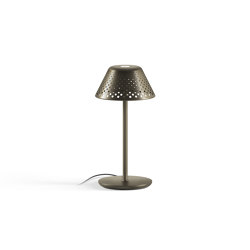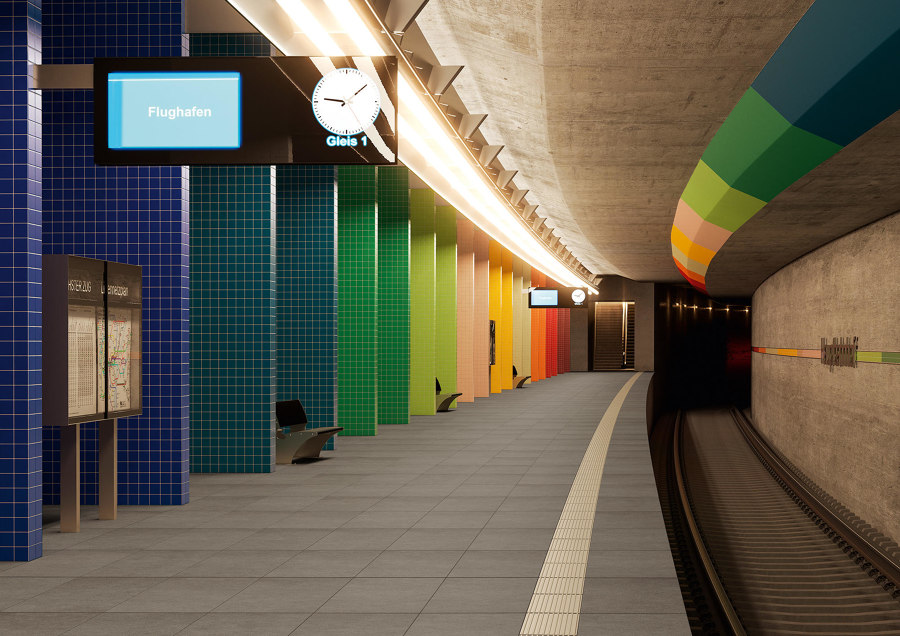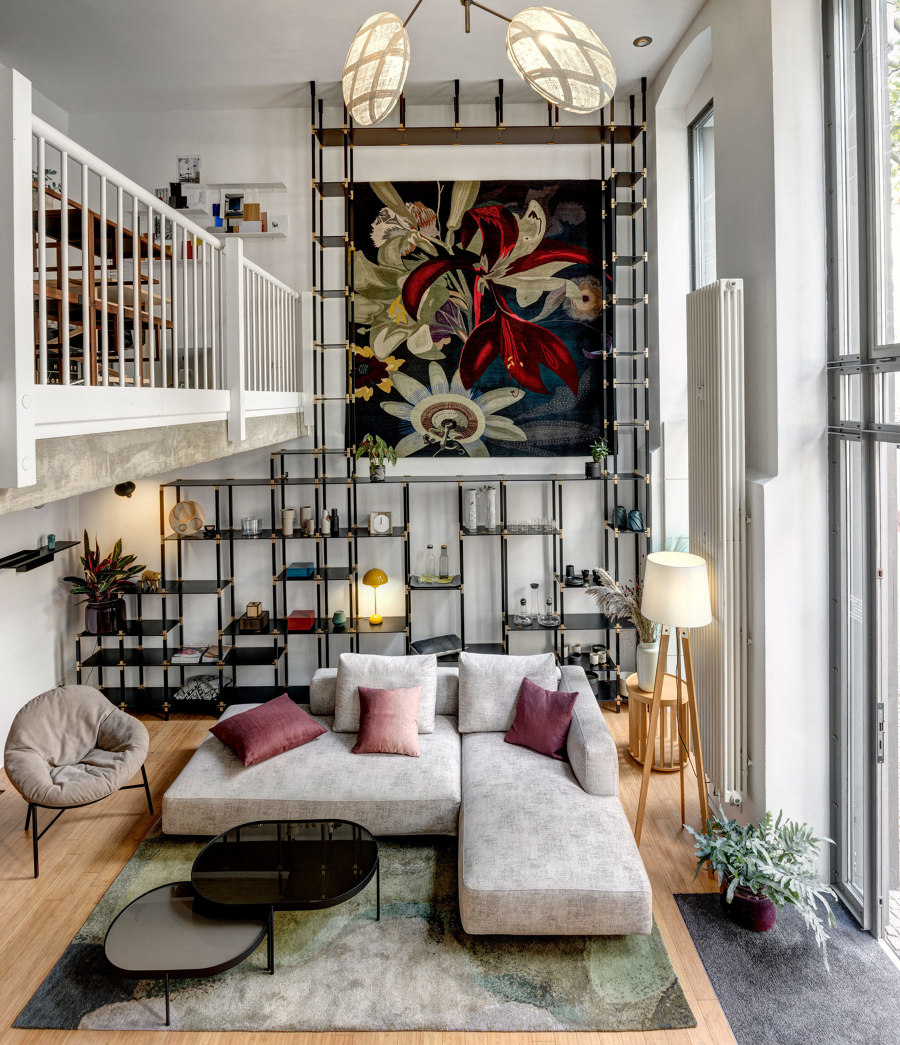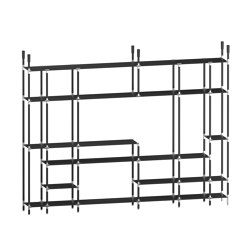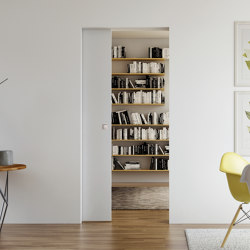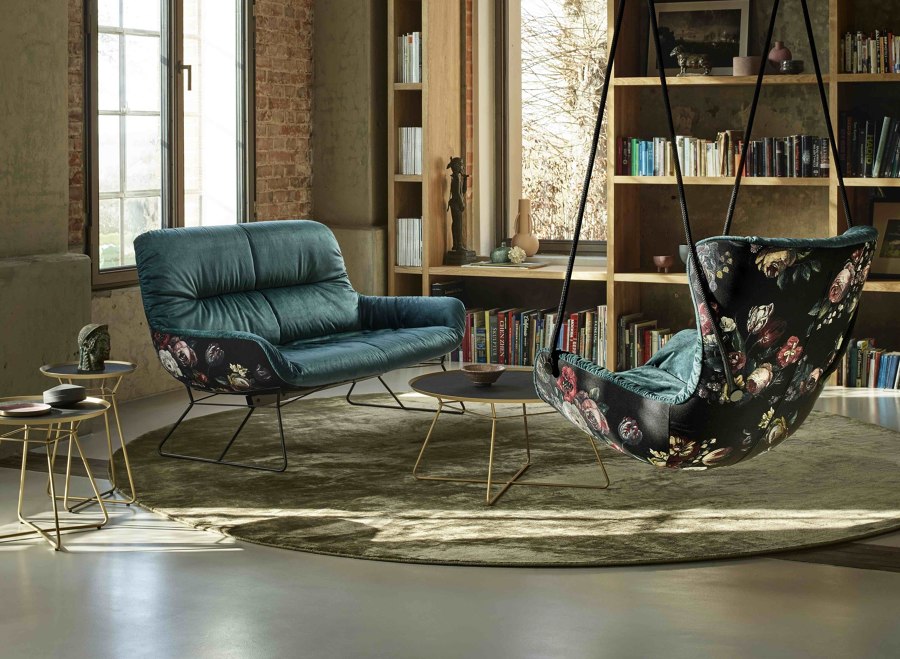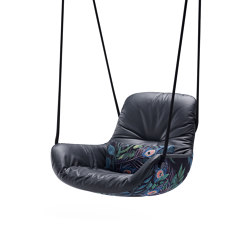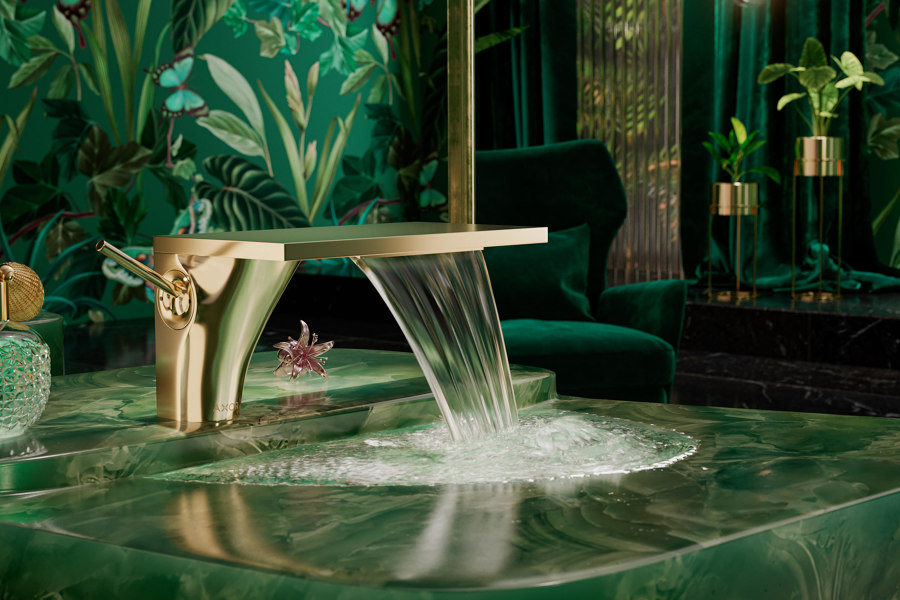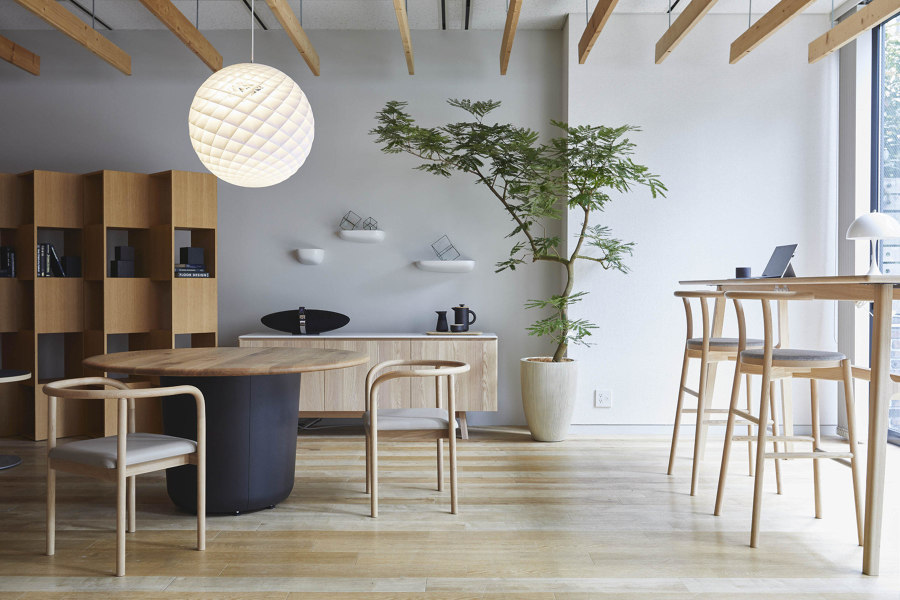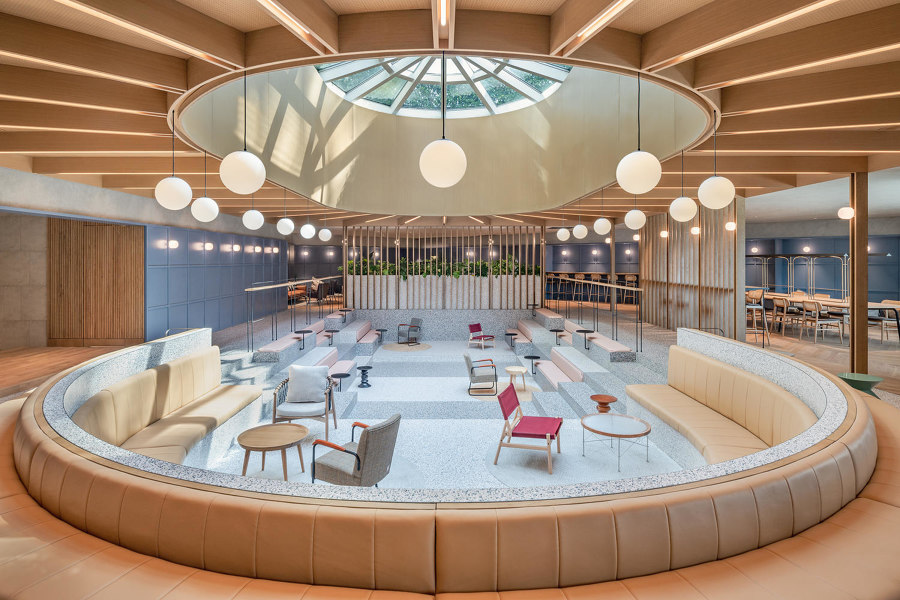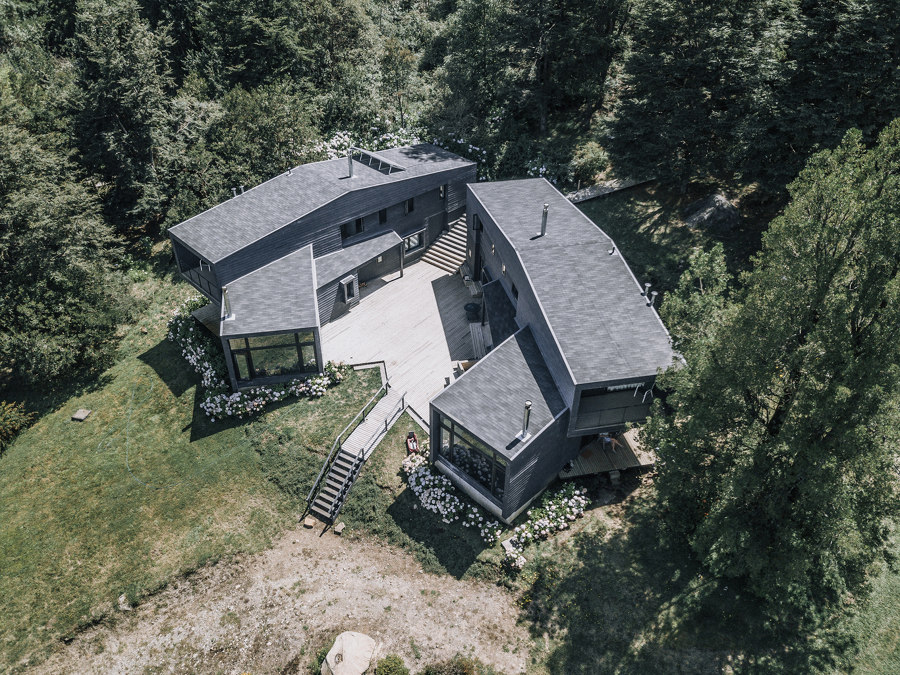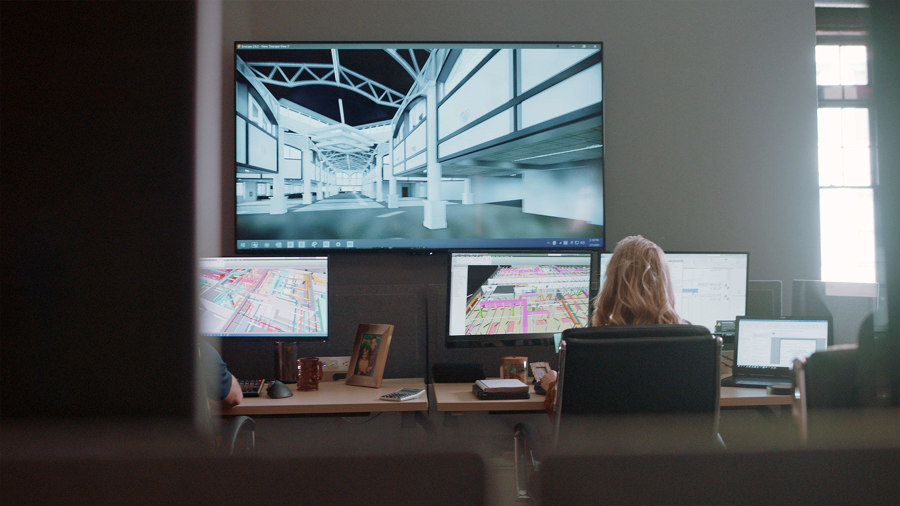Top architecture and design trends for 2022
Texto por James Wormald
17.01.22
After the temporary nature of the past year, 2022 will see long-term change take centre stage. From bold palettes and organic materials to functional environments, here’s what’s in store for the year ahead.
Platek's Mesh invites the classic interior lamp look outside, with weatherproof construction and simple battery-powered operation
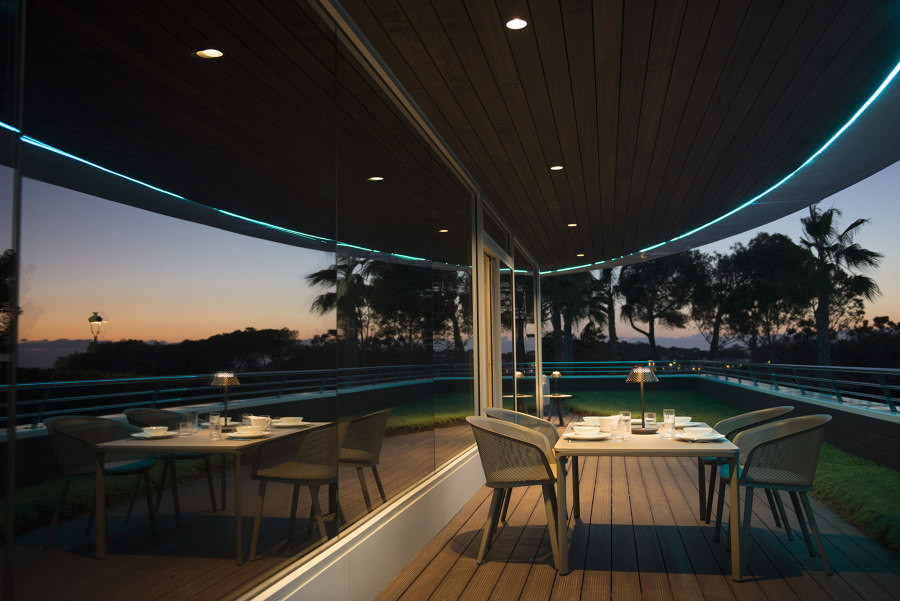
Platek's Mesh invites the classic interior lamp look outside, with weatherproof construction and simple battery-powered operation
×2021 involved a lot of change. Changes in social and professional interactions, attitudes, technologies and workflows. The harsh reality of the year brought attention to the things that are most important to us, and for many to reevaluate their way of life.
As we shift into 2022, the year will become about learning to live with those changes in the long term – ensuring we appreciate our environment for what it is, while ensuring we have an environment to appreciate in the years to come.
With sustainability and a complementary relationship with the planet shaping our design decisions of the future, these are both the short- and long-term trends that will sculpt the year ahead:
(Top) Villeroy & Boch's colourful PRO ARCHITECTURA 3.0 series tiles and (bottom) the Jungle design of Fap Ceramiche's large-scale Bloom tiles
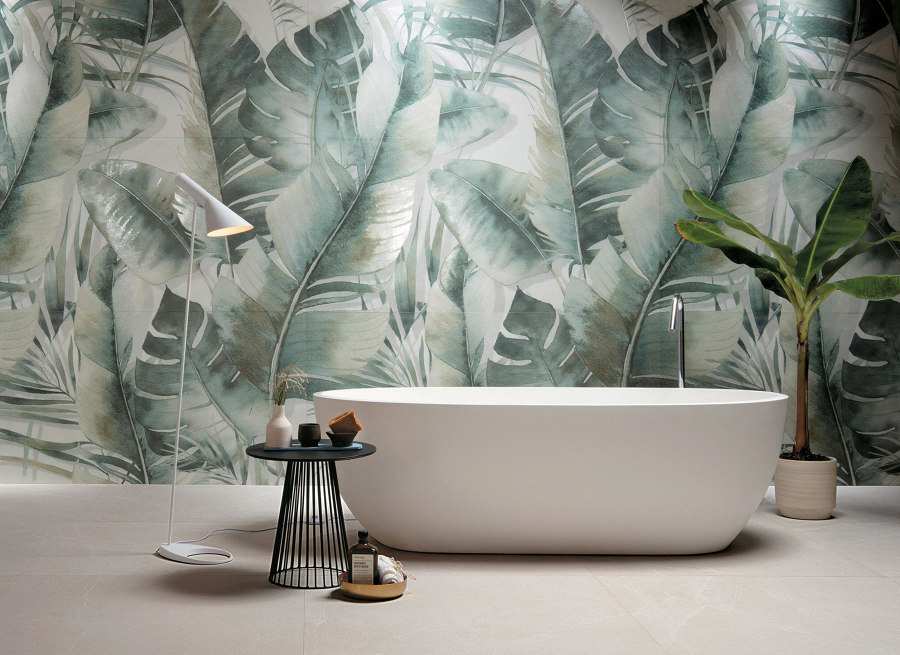
(Top) Villeroy & Boch's colourful PRO ARCHITECTURA 3.0 series tiles and (bottom) the Jungle design of Fap Ceramiche's large-scale Bloom tiles
×Bold and beautiful palettes
It’s taken a while, but greys, whites and muted earthy tones will finally wane in 2022. This is the year designers, decorators and consumers decide they need more joyful colour in their lives. Big, bold, statement colours will emerge from the paintwork to overlap furnishings and accessories.
Even kitchens and bathrooms will feast on accents of vibrant colour, while smaller, lighter spaces will enliven their lines with dark, statement accents, too. The current 70’s revival will continue its emergence into the stylosphere, with the careful reintroduction of striking patterns for furnishings, tiling and even wallpaper.
The tRACK shelving system shows off treasured objects (top), while Kymo's vegan and renewable banana-silk carpets (bottom) emit a luxurious lustre
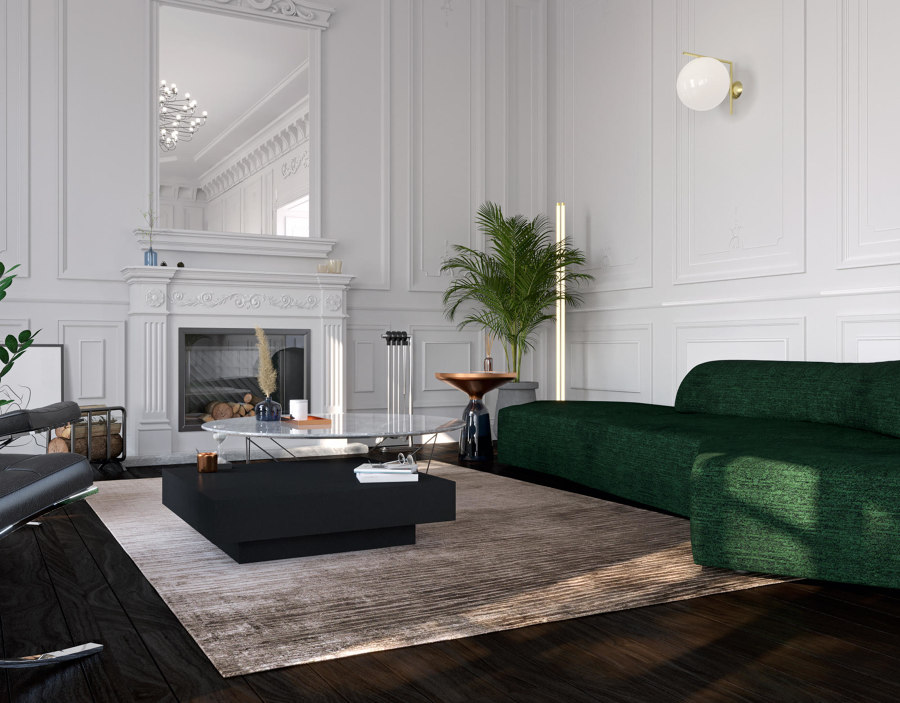
The tRACK shelving system shows off treasured objects (top), while Kymo's vegan and renewable banana-silk carpets (bottom) emit a luxurious lustre
×Materials of a sustainable nature
Homegrown sustainability will come to the foreground in 2022. We’ll see a renewed appreciation and celebration of vintage products mixing with treasured crafts – after two years honing new skills – combining to bring a fresh understanding of the virtues of maximalism. While simple, recyclable and organic cradle-to-cradle materials such as woods, stone, ceramics, wool and metals like steel, aluminium and copper will shine brightest and bring comfort to more natural interior environments.
Sliding doors like these in Wingburg's Belport series (top) bring more usability to micro-spaces, while partitioning layouts, such as at Impress Dental Clinic in Barcelona (bottom), block space but not light
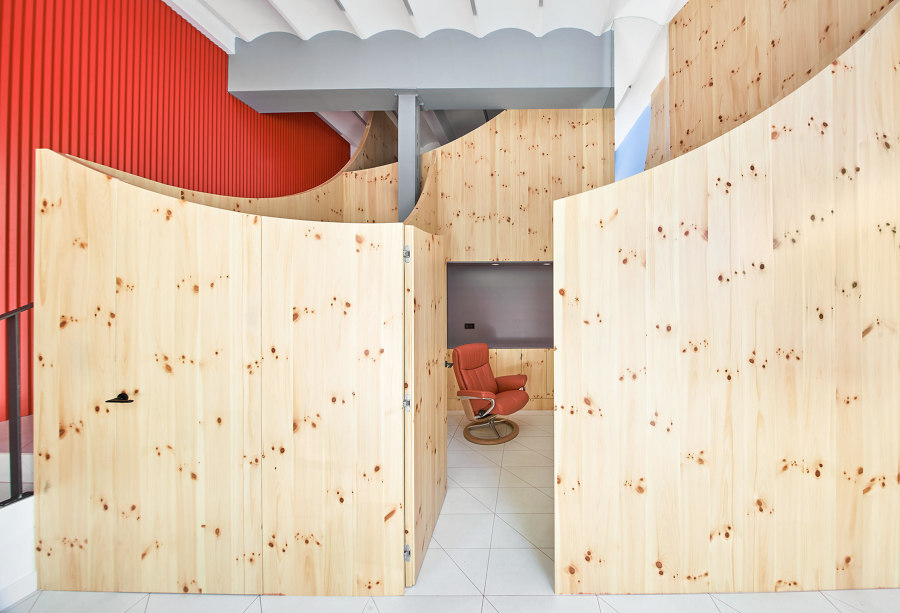
Sliding doors like these in Wingburg's Belport series (top) bring more usability to micro-spaces, while partitioning layouts, such as at Impress Dental Clinic in Barcelona (bottom), block space but not light
×Interiors that close the door on the open plan
It’s difficult to underestimate how the past two years have changed how we use our home spaces and their required functionalities. With multiple generations forced to spend more time in each other’s space – making even large open-plan interiors unsuitable for daily life – we’ve prioritised our innate need for privacy in the long term.
2022 will see interiors experts exchange those one-size-fits-no-one open-plan environments for more multi-functional ones. Room dividing products and systems will allow single spaces to fulfil a variety of separate purposes, from dressing rooms to Zoom rooms, throughout the day.
Freifreu brings florals into this Hamburg loft (top) with the Leya swingseat and sofa, and Axor replicates a mountain stream with the Massaud mixer (centre). Hardwearing tRACK shelving (bottom), meanwhile, is suitable for exterior environments

Freifreu brings florals into this Hamburg loft (top) with the Leya swingseat and sofa, and Axor replicates a mountain stream with the Massaud mixer (centre). Hardwearing tRACK shelving (bottom), meanwhile, is suitable for exterior environments
×Products that turn outside in, inside out
Following on from 2021’s trend for inviting nature inside with natural materials and decor, floral prints and an invasion of house plants, the marriage of interior and exterior space will be a happy one. While we’re filling our interiors with plant life and natural light to bring the outdoors in, however, a further trend will emerge to spread our interior style to outdoor environments too. Large, wide glass doors and weatherproof interior products will extend the living space out into fresh, yet cosy and relaxing exteriors.
Conde House invited the public into their workplace come showroom (top), while Social Space (centre) and 6 Orsman Road (bottom) are both meeting hubs suitable for the hybrid work model
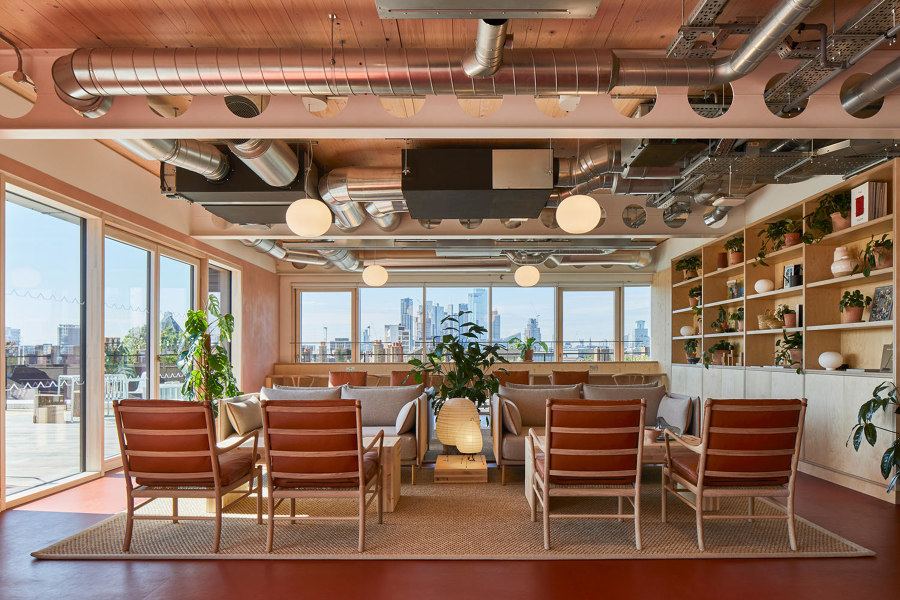
Conde House invited the public into their workplace come showroom (top), while Social Space (centre) and 6 Orsman Road (bottom) are both meeting hubs suitable for the hybrid work model
×A well-balanced hybrid lifestyle
With ‘working-from-home’ still a hugely divisive subject in contemporary office culture, it’s difficult to predict where the long-term compromise lies. Technology has certainly made it easier to work from home completely, if preferred, but the situation still throws up challenges that can be difficult to overcome, from creativity and communication to harder-to-solve issues like motivation and trust. While some will appreciate the flexibility and lack of a commute, others will miss their life in the city, or feel uncomfortable in a home space unfit for work.
These fluctuating requirements for office space will enable flexible third space workplaces to take on more of the contract market in 2022. Meanwhile, private and public spaces will merge, with multi-use commercial builds expanding to house community-led projects.
Prefabricated panels were chosen for these twin Chilean houses (top) for their superior thermal insulation, while TECLA (bottom) is a 3D-printed habitat by WASP and Mario Cucinella Architects. Photos: Andrés Goñi H & WASP

Prefabricated panels were chosen for these twin Chilean houses (top) for their superior thermal insulation, while TECLA (bottom) is a 3D-printed habitat by WASP and Mario Cucinella Architects. Photos: Andrés Goñi H & WASP
×Future-ready and efficient architecture
The future of the construction industry will also be dictated by its use of advanced technologies and sustainability targets. Smarter buildings will be created future-ready to meet all existing, as well as predicted, environmental requirements.
The high demand for new housing is sure to keep on growing, with technology stepping in to fill the gap. Prefabrication and 3D printing will both be scaled up through and past the concept stage and close to making a real difference, while the use of virtual reality, AI-driven processes, and drones for site-mapping will help both creatives and clients visualise projects before they exist, enabling the build phase to be streamlined and reduce waste, both in terms of time and material resources.
Enscape (top) is one software developer racing to provide real-time rendering, AR and VR tools for architects, while in 2021 Mars House (bottom) was the first digital home to be sold on the NFT marketplace. Photo: Krista Kim
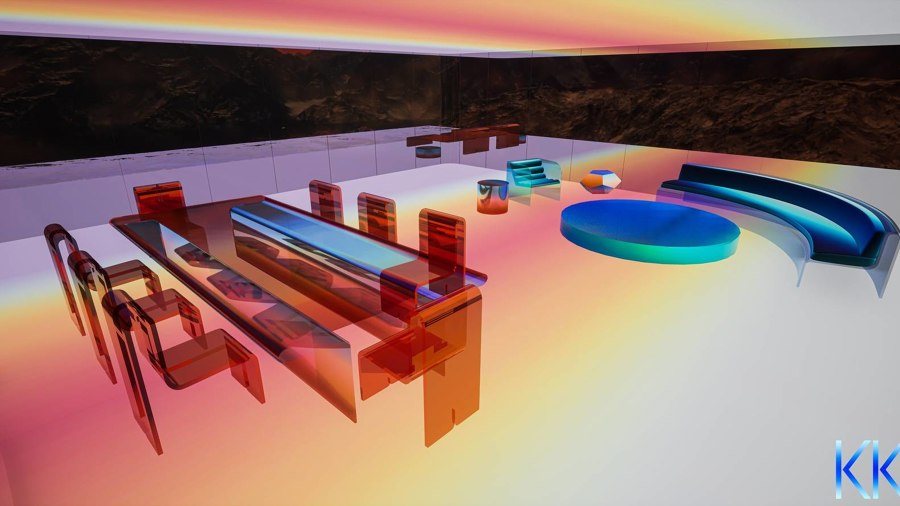
Enscape (top) is one software developer racing to provide real-time rendering, AR and VR tools for architects, while in 2021 Mars House (bottom) was the first digital home to be sold on the NFT marketplace. Photo: Krista Kim
×Beyond 2022. Where the metaverse gets real.
After Facebook changed its name in October, the term ‘metaverse’ has, almost overnight, entered common parlance. Interest in and knowledge of the three-dimensional visualisation of the digital world will only expand through 2022, once the real-world implications are realised. Representing a complete evolutionary leap for the internet, the metaverse will be web 4.0.
But the growing ubiquity of VR-access hardware and humanity’s enforced acceptance of remote interactions, mean 2022 is a tinderbox and the realistic visualisation of a virtual world is about to explode.
The growing ubiquity of VR-access hardware and humanity’s enforced acceptance of remote interactions, mean 2022 is a tinderbox and the realistic visualisation of a virtual world is about to explode
The implications for the architecture and design sectors, meanwhile, are astronomical. It’s a limitless world for creative professionals to build in, without the usual constrictions of reality, such as gravity or materials.
2022 will be bright, bold and natural, while the future beyond that, will be out of this world.
© Architonic
This article is part of Architonic's Annual Review series, reliving our users' most-viewed projects of the past year, while looking ahead to the next.

